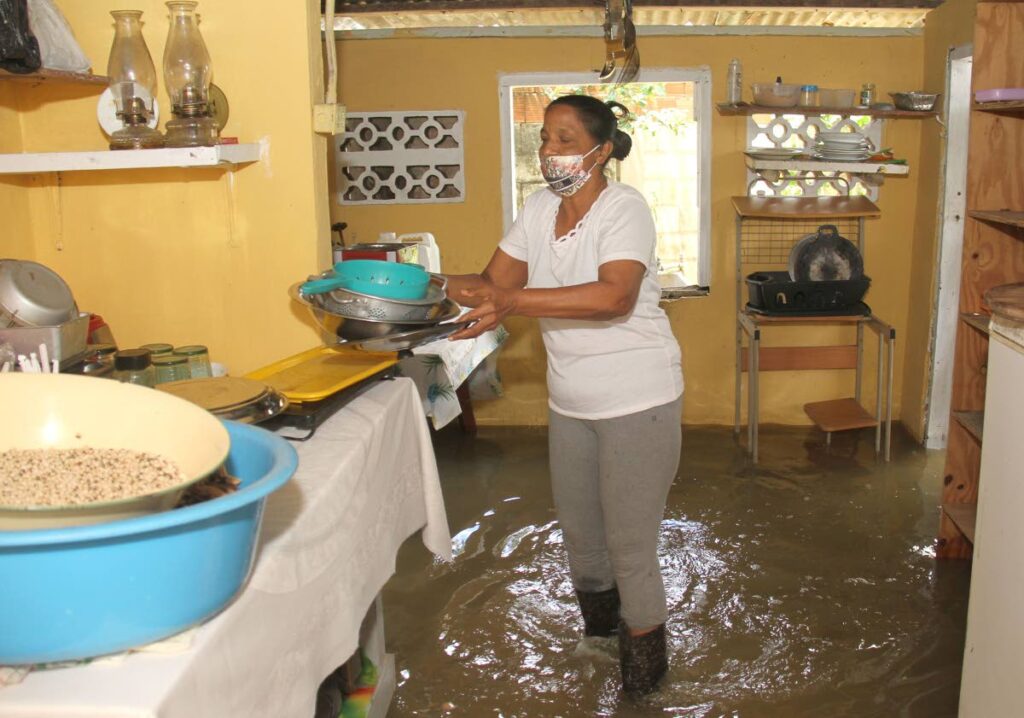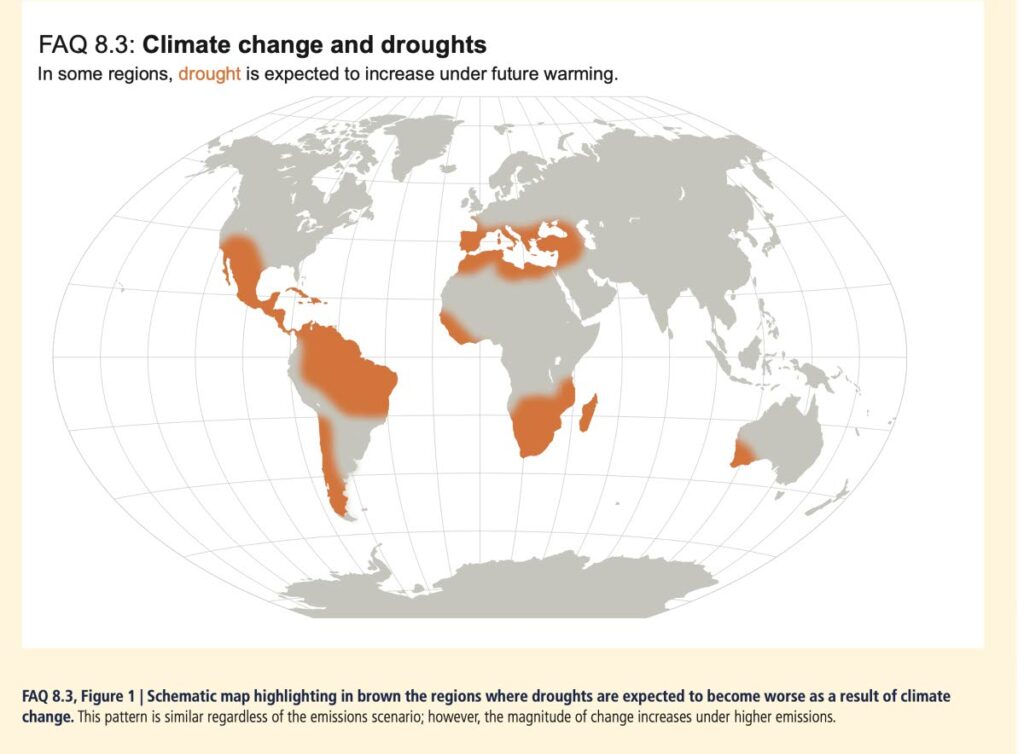Floods and droughts; two sides of the same coin

Dr Anjani Ganase considers how earth’s water cycles are changing, affected by global warming.
Currently parts of the world appear to be experiencing a series of severe droughts, while other areas are the suffering from severe floods. Over the last weeks, Pakistan received nearly three times the average monsoonal rain of the past years, wiping away towns and villages resulting in over 1,000 deaths and displacing over 33 million people. Meanwhile Sudan has experienced torrential downpours that destroyed 9,600 homes and damaged 22,000 more with 79 dead. US flash flooding in Texas, New Mexico has seen record amounts of rainfall in just 24 hours.
At the same time, most of Europe has been under severe drought conditions with water reserves low enough to unbury the past. World War II ships full of explosives dumped by the Nazis in the Danube River have resurfaced. A 2,000-year-old Roman Bridge re-emerged in the Tiber River. In Spain the Dolmon of Guadaleral – dubbed the Spanish Stonehenge – has historians abuzz. The last time Britain was under similar drought conditions was in 1935. Back in the US, grizzly reports discovered dumped bodies during the current mega drought (drought occurring for two or more decades) at lake Mead near Las Vegas. Native American artifacts purposely flooded in artificial dams during the 1960s have also resurfaced at Lake Powell in Arizona.
Many droughts are accompanied by wildfires that burn and destroy vegetation and wildlife at epic proportions. Wildfires are occurring across all continents at the moment. Heat waves in European cities are becoming so severe (temperatures beyond 40 degrees and peaking at 47 C in Portugal), they’re being named for the first time in history, starting with Zoe that killed over 2,700 people in Spain, 3,000 deaths in Germany, over 1,000 in Portugal, and in the UK.

Image courtesy IPCC AR6 -
Global warming has resulted in warmer oceans and lands. The direct heat on land results in no rainfall, high evaporation from soils, rivers and lakes, but also heat stress in plant life leading to drought conditions occurring over extended periods. Special conditions of drought also include the loss of snow which means less snow melt to supply water as well as less reflection of heat waves from the white surface, known as the albedo effect, all leading to more rapid warming in temperate areas. The threat of drought is also dependent on human activities, and land use and water management in the area, affecting the volume and quality of the groundwater. Drought conditions are likely to impact certain regions more severely, including the Mediterranean, southern Africa, Amazonia, Central America and southern Europe. Between 1983 and 2009, three quarters of all global harvests have been affected by drought conditions, equating to some US$166 billion in loss. Under Business as Usual, it is expected that at least one third of land areas will suffer from moderate drought by 2100.
At the same time, as the ocean’s surface heats up, an incredible amount of water is pulled into the atmosphere creating larger more energized storm systems which eventually reach land and release, more intensely, higher amounts of precipitation (rain or snowfall) and increases the risk of flooding. Flooding can be the result of a combination of scenarios, such as rainfall in the mountain ranges resulting in river overflow or along coastal areas where high tides made worse by sea level rise prevent sufficient run off. The combination of heavy rainfall along with changes in wind patterns can result in unusually wet conditions for months, even years. However, greater flooding in areas does not only happen because of greater rainfall; it is also the result of poor land use management, such as deforestation, development resulting in hardened surfaces and the restriction of riverine areas. Cities, especially in coastal areas, are certainly prone to flooding with heavier rainfall in the future. Between 1970 and 2019, 31 per cent of all global economic loss has been related to floods and will likely worsen in the future.
Both droughts and floods are considered extreme weather events. These result in biodiversity loss, along with loss of crops and livestock that threaten food security through shortages and rising prices. Both may impact clean drinking water. While drought limits the availability, flooded water supplies may be contaminated by sediments and sewage from inundated pipes. The downstream consequences are also significant, since also at risk are the reliability of renewable industries that rely on the water resources or for hydroelectricity; other renewables such as wind and wave farms may have to be shut down during severe storm events.
The Caribbean region is projected to suffer from drought conditions. But here in TT, back-to-back flooding across the low-lying areas of our islands make us wonder if this is the new normal. We need to be looking more closely at topography, development patterns and human and industrial activities.
The conditions the world is experiencing today are likely the result of carbon emissions released over a decade ago (2010), but the cumulative impacts will be felt for more than 100 years and increase in intensity within our lifetime. Fortunately, the solution for both drought and floods is to protect and manage our watersheds, so that the water we have is well conserved and managed properly.


Comments
"Floods and droughts; two sides of the same coin"